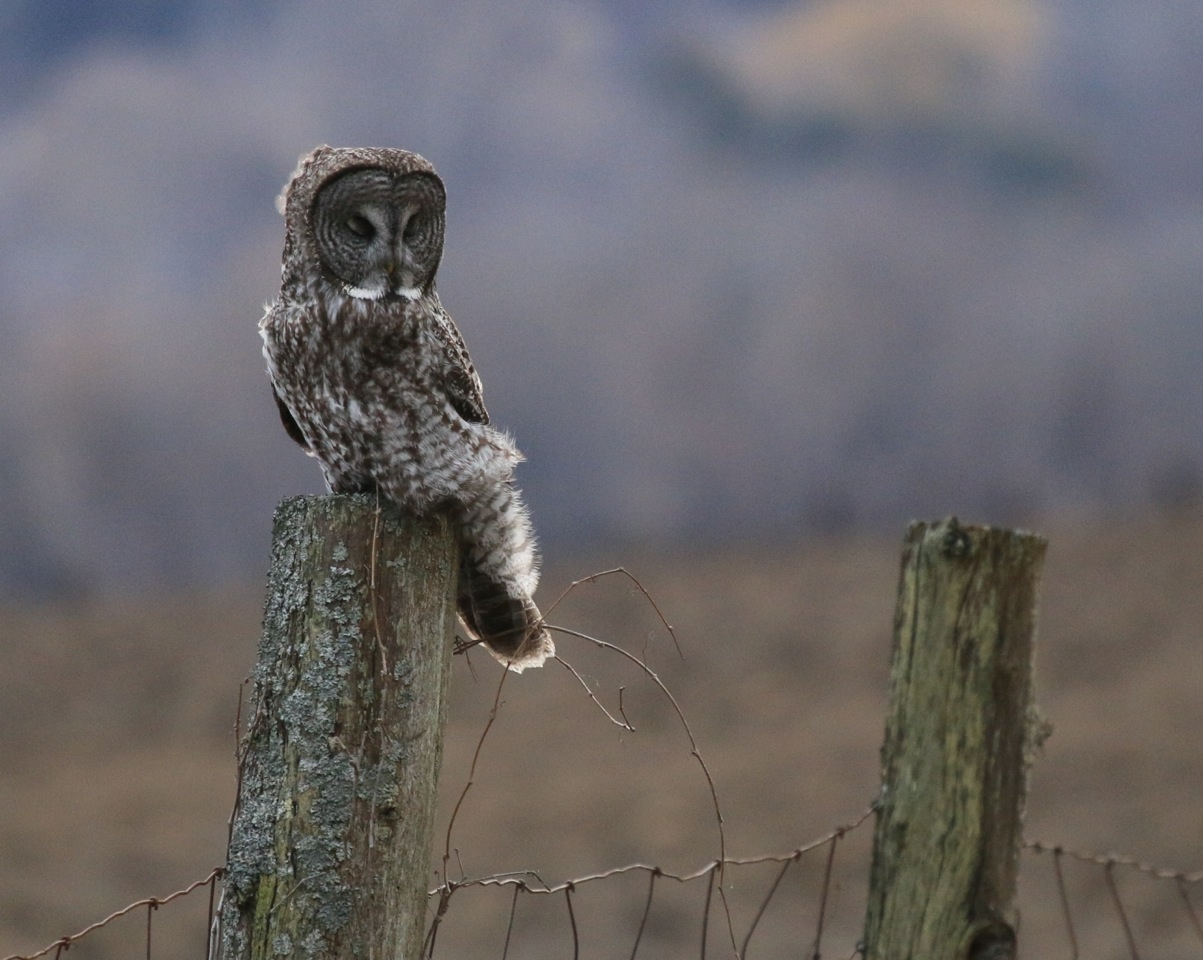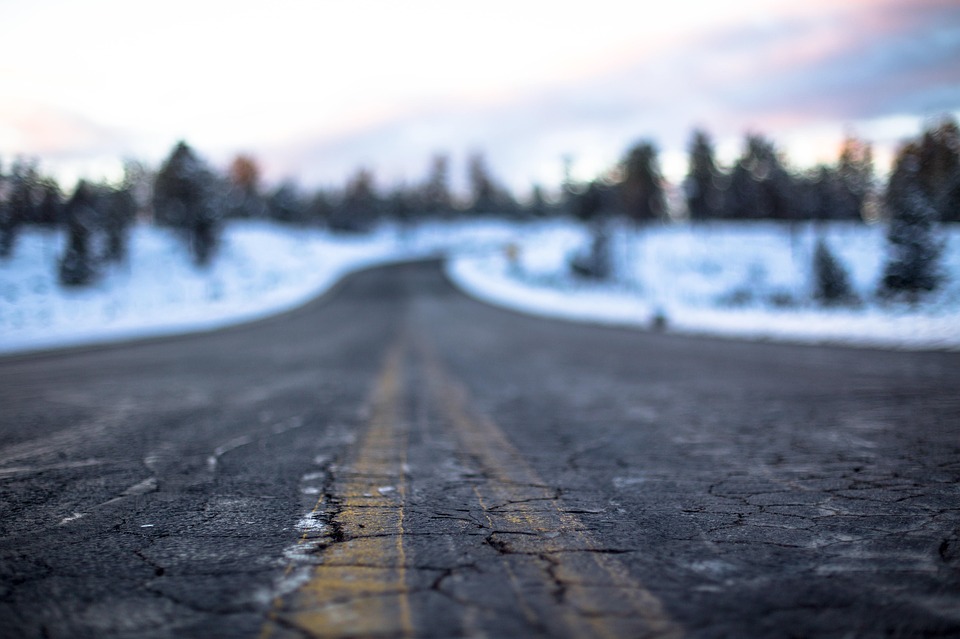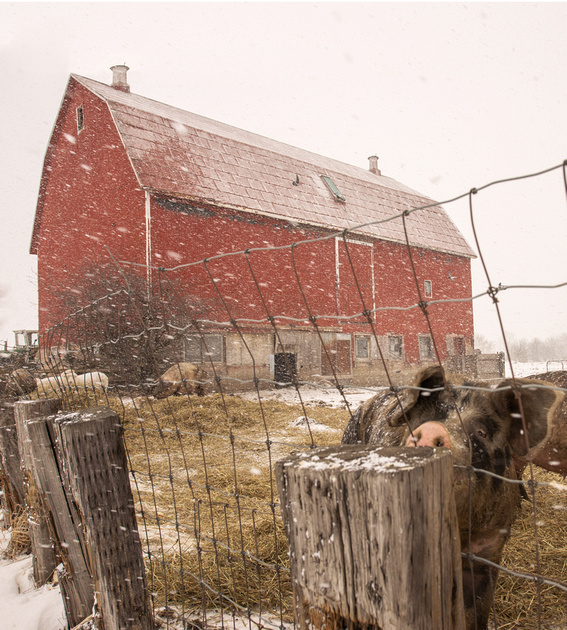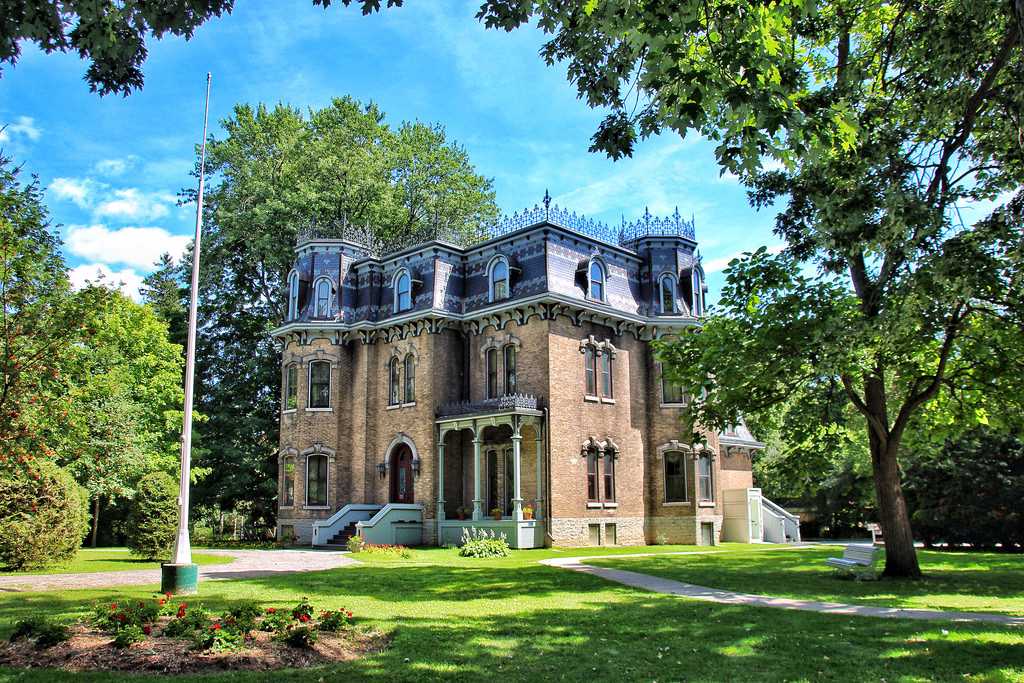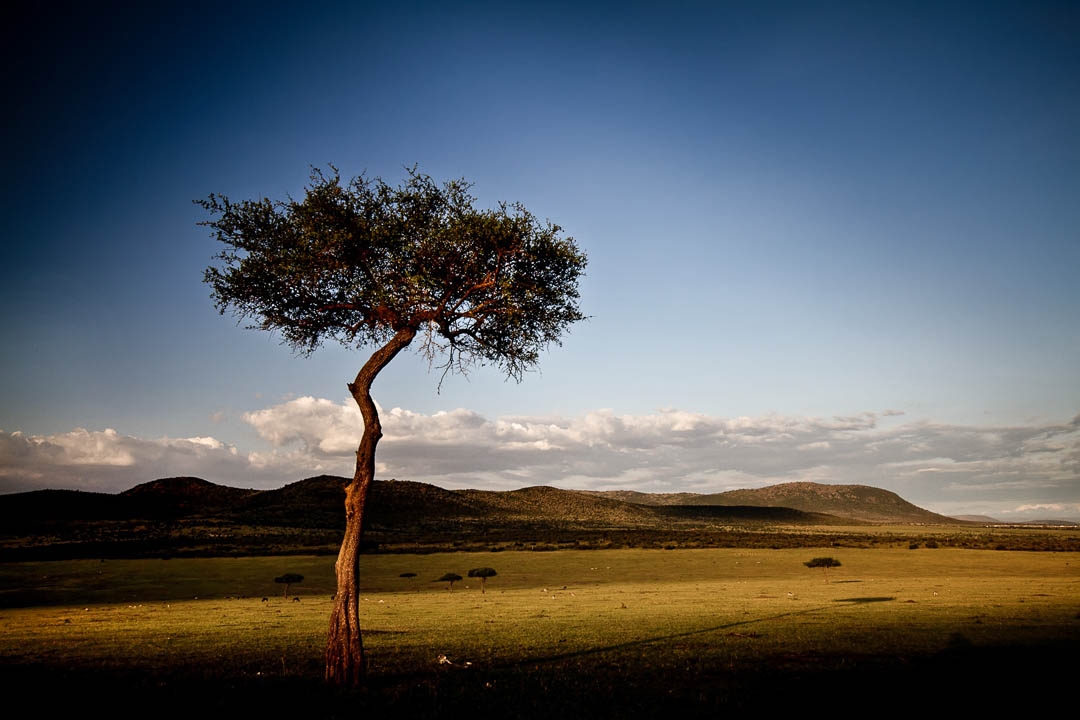1. Our first spring meeting had 42 members and three guests in attendance. The
meeting began with Tim going through the announcements that included:
a. A reminder that the attendance fee for guests is $5.00 per meeting;
b. A reminder that members are permitted only one picture for critique, whether
it is for the theme or other;
c. Doug Banks will be at the May meeting for sensor or lens cleaning. The cost
is $20.00 per camera, $10.0 per lens. If you didn’t pre-register you can still
get your name on the list by visiting the web page and sending an email;
d . On Saturday and Sunday, April 15 and 16, Picton Rotary will again sponsor
waterfall tours at two locations. Further details may be found at
https://portal.clubrunner.ca/1145/Event/waterfalls-tour
2. Tony Crocker spoke briefly about the Spark Photo Festival and the photographs
displayed at various businesses in Campbellford. Some of our members have their
work on display. More details may be found on our club website
http://brightonphotogroup.org/spark-photo-festival
3. Our guest speaker today was Leslie Abram, who gave a very informative
presentation on photographing owls. Complemented with numerous pictures, she
spoke about best times to view owls, their behaviour, and signs to watch for
that suggest owls are in the vicinity (crows, jays, and chickadees making lots
of noise). She also suggested numerous local areas where owls are prevalent from
mid November to April. Among them: Jobe’s Woods and the circuit drive at
Presquile, beaches and Gull Island for the Snowy owls, Amherst Island, Wolf
Island, and the banding station in the County. If you’re always looking high in
the trees, set your sights down lower to straw bales, fence posts. Owls tend to
sit about 8 -10 feet up.
To read more on her amazing photography go to Leslie’s web site
http://leslieabram.com
4. A total of 26 photos were on display: 14 for the theme “What Is It?” , Three
for general critique, four from field trips, and five miscellaneous. Leslie did
the honours for the theme and Bill carried on with the remainder. The theme
photos showed an abundance of imagination with photography talents.
5. Sam McKinnel won the 50/50 draw and went home $25.00 richer.
The theme for
next month is “Wild and Free”
